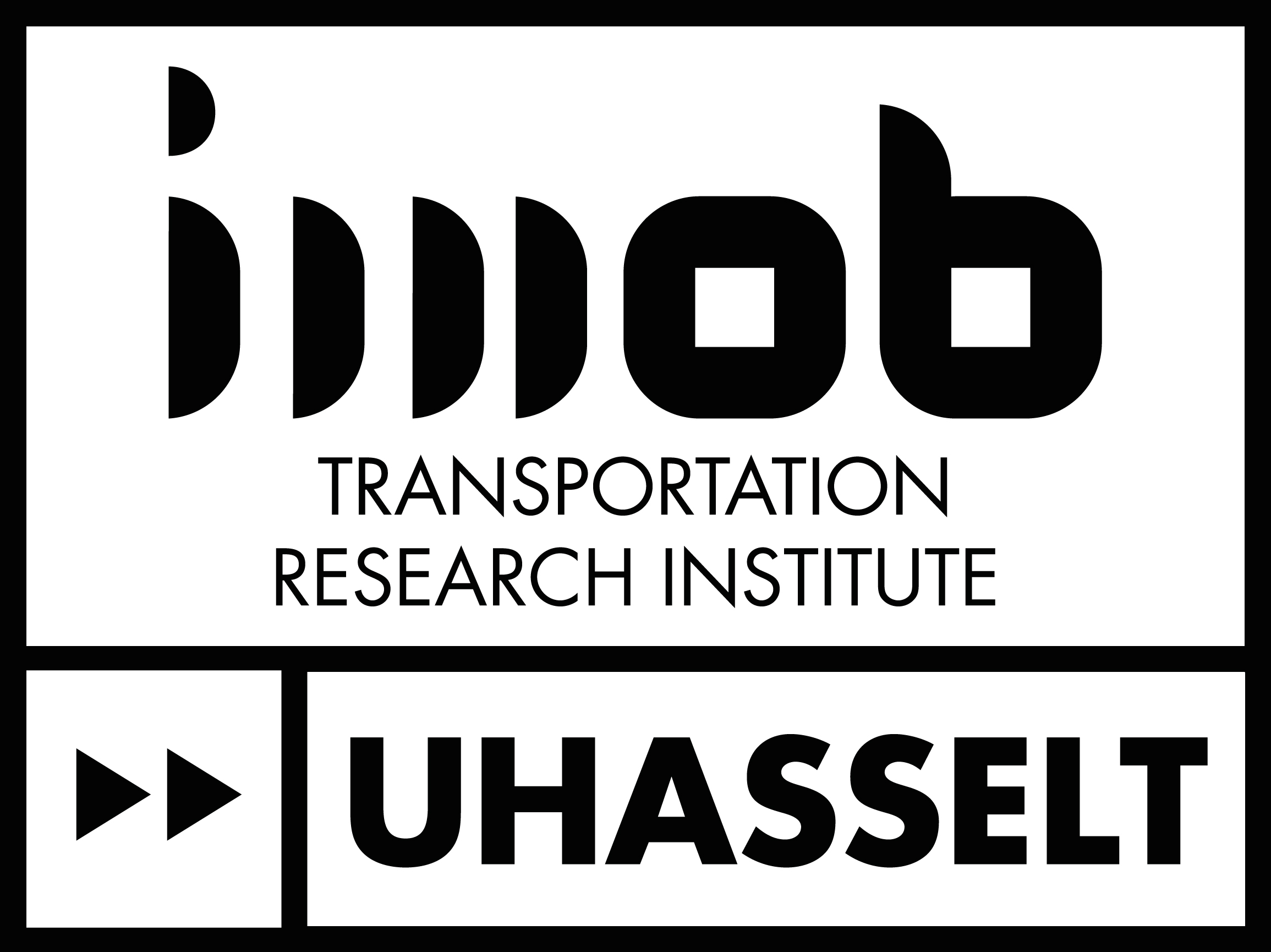Driving simulators
A low-setting sun, rainy weather, the placement of road signs or a bad road infrastructure. Many factors influence our driving behaviour. Thanks to the driving simulator, we can examine the effects of physical, mental or visual limitations on our driving behaviour in a controlled experimental environment. We also investigate whether a (change in) road design or environment can stimulate positive driving behaviour.



15 years ago, IMOB started the gradual development of a scientific driving simulator lab for driver behaviour research. Over the years, the lab has grown from a small desktop simulator to a state-of-the-art lab with multiple simulators, including a full vehicle cabin and 180-degree surround professional projection. Over the years, several other technologies have been integrated to capture a wealth of scientific data for research and evaluation purposes, including: eye tracking (Tobii Pro goggles), ECG and EEG (CardioWheel, PulseOn, BioSemi). Some simulators have also been enhanced with modern ADAS and IVIS technologies, such as: MobilEye and multimedia touchscreens for vehicle automation and distraction research.
A driving simulator consists of two main components: the control unit and one or more screens.
The driving unit is – like in a real car – equipped with a speedometer, a tachometer, a horn, indicators, pedals and a gearbox. Furthermore, driving a car in a driving simulator is comparable with driving a car on the road.
The test subject follows a route through a virtual town, which will be projected on one or more screens in front of the car. The projected route and the investigated components depend on what the researchers are interested in specifically.
We are looking for participants for scientific studies
Apply to participate in scientific studies on transportation & road safety!

Do you have a question or would you like to collaborate with IMOB?
Then don't hesitate to contact us. We are available every weekday from 9 a.m. to 5 p.m.






















